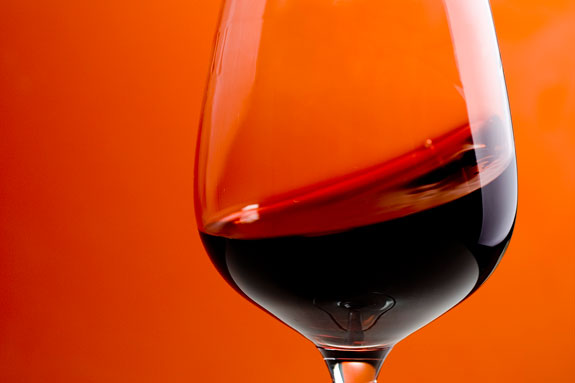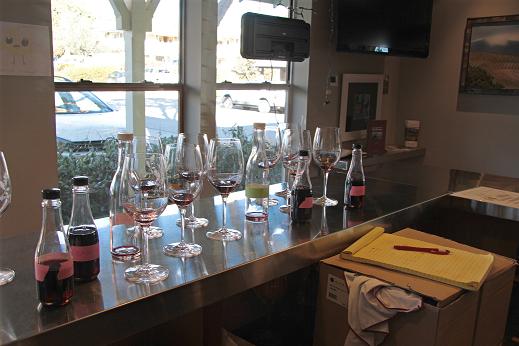As many of you know, I love to partake in other blogs and wine bulletin boards, for these discussions are always ‘fruitful fodder’ for my own blog here. And believe, not a day goes by where another topic comes up that I feel is perfect to ‘verbiage’ about it!
There is constant chatter about being ‘non-interventionist’ when it comes to making wine, ie. taking as few steps as possible in going from grape to bottle. I think all of us can agree that, in theory, this is a desired path, and not only with grapes to wine, but with farm to table, etc.
The reality is that winemakers are interventionists, each and every one of us. By mearly making the decision WHEN to pick a grape, we have intervened. By choosing specific rootstocks to put into the grand, we are intervening. By choosing to age our wines in stainless steel or oak or cement, we are intervening. And on and on and on.
But there are many other steps taken by some, but not all, winemakers to go from grape to bottle, and this is where it gets a bit ‘sticky’. One discussion veered off toward the topic of MegaPurple, a product that was created to give red wine more color and to add a touch of sweetness.
The product itself is created from wine grapes, so it is a legal additive and is approved for use in wine. That said, it is associated with mass production, ‘industrial’ wines that lack color and depth and therefore NEED this product in order to make them palatable and, more importantly, visibly ‘appealing’.
Therefore, should a winemaker admit to using this, they would be ‘banned’ from many a discussion about ‘better’ wines because, you know, it just shouldn’t ‘happen’. These ‘smaller production, higher value’ wines obviously don’t NEED this product because, you know, they are ‘better made’ and more ‘artisinal’.
Guess what – this product, along with others that wine connoisseurs would find ‘unmentionable’, are used by smaller producers from time to time. And what about ‘oak chips’, created so that wines could age in stainless steel but still have that ‘oak flavor and aroma’ that consumers just dig? Again, this product is associated with lower priced industrial wines, but I know of a few producers who have used this, and continue to say in their marketing that their wines are ‘aged in French oak’. They just conveniently forget to add the word ‘chips’ J
Which brings me back to the original question – do you care how a wine is made if you like it? Or in other words, do the winemaker’s means justify the winemaker’s end? Do you truly care if MegaPurple is added if you like the finished product? And just as importantly, how would you feel if that winemaker didn’t disclose this?
Looking forward to hearing your thoughts on this today . . .
Cheers!




